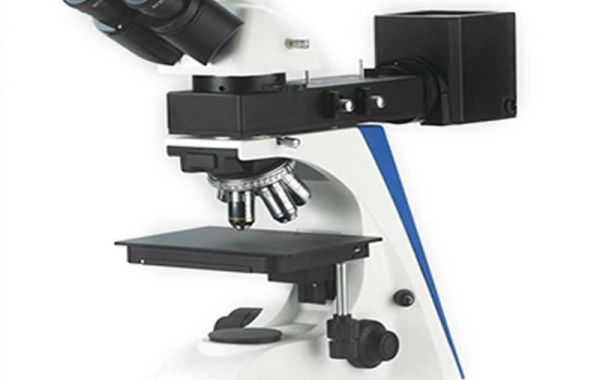When selecting a fluorescence microscope, several factors should be carefully considered to ensure it meets your specific needs:
Type of Samples
- Size and thickness:The thickness of the samples will determine the appropriate type of microscope (e.g., widefield, confocal, super-resolution).
- Fluorescence properties:The fluorescence properties of the samples (e.g., excitation and emission wavelengths) will influence the choice of excitation and emission filters.
Desired Resolution
- Spatial resolution:The level of detail required in the images will determine the necessary magnification and numerical aperture of the objective lens.
- Temporal resolution:If dynamic processes are being studied, a high temporal resolution may be necessary.
Specific Fluorescence Techniques
- Widefield microscope: Suitable for general imaging of thicker samples.
- Confocal microscope:Ideal for imaging thicker samples with reduced background fluorescence.
- Super-resolution microscope: Provides the highest spatial resolution for imaging individual molecules.
- Other techniques:Consider other techniques such as TIRF, FRET, or FLIM if specific applications require them.
Budget
- Cost:Fluorescence microscopes can vary widely in price, depending on the features and capabilities.
- Maintenance:Consider the ongoing costs of maintenance and consumables.
Additional Features
- Automation:Automated systems can improve efficiency and reproducibility.
- Image analysis software: The availability of suitable software for image analysis and quantification is essential.
- Compatibility: Ensure the microscope is compatible with other equipment or techniques in your laboratory.
By carefully considering these factors, you can select a fluorescence microscope that is well-suited to your research needs and provides the desired level of performance.







